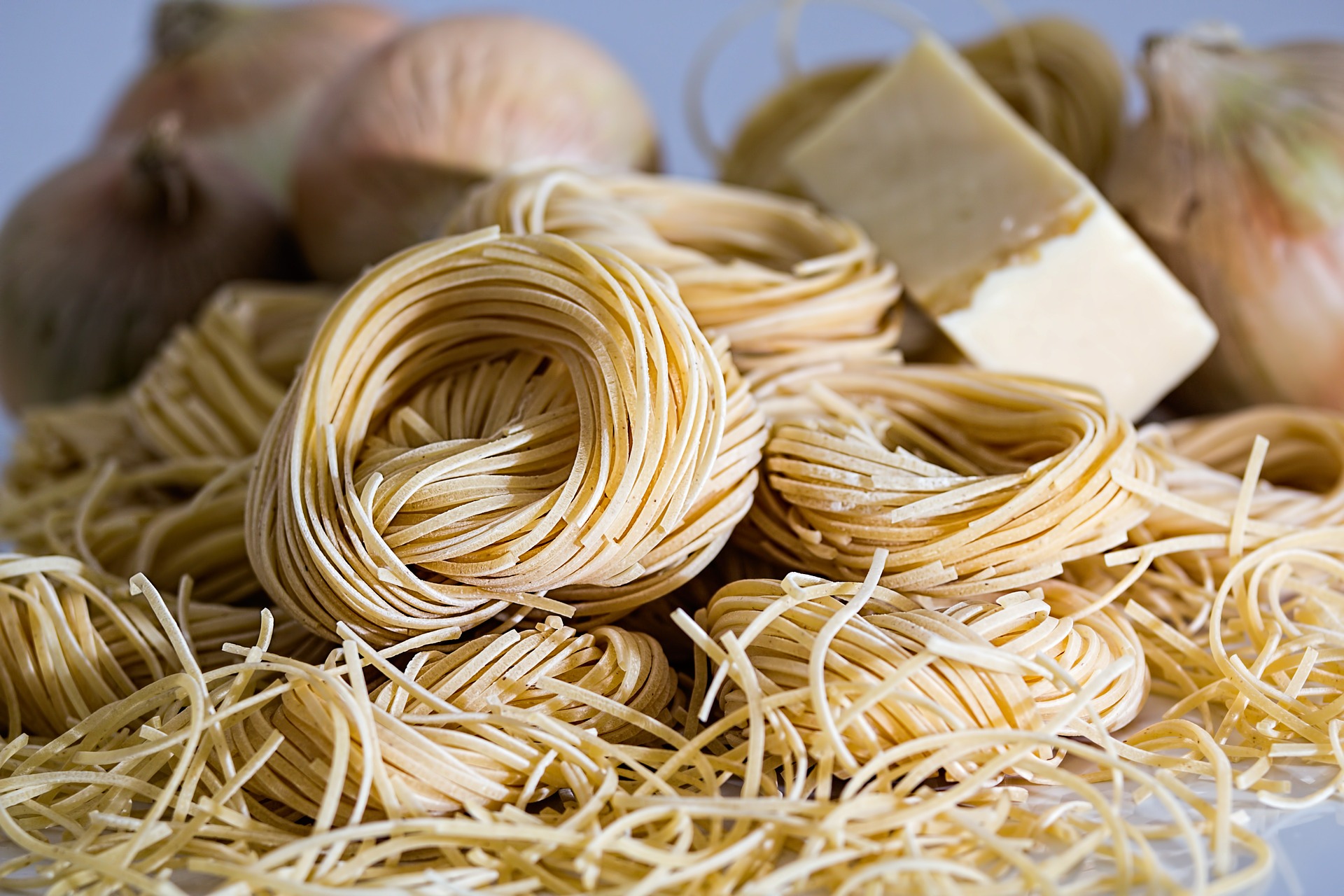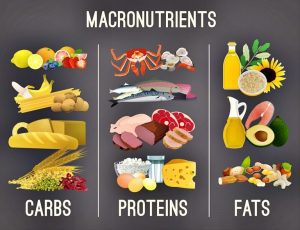Here you will learn all the basics for losing fat and gaining muscle.
If you’ve been an A+ student you’ll have a few days of calorie counting experience, which will make this lesson much more fulfilling. I strongly recommend you check Lesson 1 again and track your calorie intake for a week.
In this lesson we’re going to calculate your macronutrient targets for Protein, Carbohydrate, Fat and Total Calories.
Total Calories
A lot of websites will give you an estimate of your calorie needs based on your height, weight and activity levels. They won’t always be accurate, but they are a good starting point. For simplicity I suggest you use this one from exrx.net, I’ve put my results below.
So fill out your age, weight, height and then activity. For example I spend 8 hours asleep (Resting), 8 hours at my desk (Resting), 1 hour in the gym (Moderate), 1 hour of walking (Light) and the other 6 hours I’m moving a bit at home (Very Light).
That would give me 2,400 calories, which sounds like a good starting point for days I go to the gym.

I’m going to do a second one for days I don’t go to the gym, so I’ll change that 1 Moderate exercise and put it in Light, and my number for inactive days is 2200 calories.

Protein
Protein is your meat, fish, dairy and protein powders.

If you know your body-weight in kilograms, you need at least that number in grams. So I’m 75 kilos, I need to get at least 75 grams of protein per day.
- If you never exercise you can aim for 1.4 times, so for me that would be 105 grams.
- For more endurance and cardio, like going for a run or playing football, then it’s between 1.4 and 1.7 times.
- If you lift weights, well done, you’re looking at 1.7 to 2 times, so up to 150 grams.
Keep protein the same every day. This is because on days you aren’t lifting weights your body is recovering from lifting weights, so it still needs protein.
I’ll put up a table below so you might be able to see the right protein intake for you.

Fat
Fat is in foods like eggs, nuts and seeds.

You need 1 gram per kg of bodyweight. So for me 75 grams.
If you don’t exercise at all then it’s better you get more fat and less carbohydrate, so up to 1.5 times your weight in kilos. That would be 112 grams for me. Again this number can stay constant, or you can have higher fat days when you aren’t going to the gym.
Again, I’ve put the table below so you can see how much fat you need.

Carbohydrate
Carbohydrate is your breads, pasta, rice and fruit.

This is the most flexible number. Your body needs more carbohydrates on days you exercise, and it’s best to put those extra carbs directly before and after a workout. So if you go to the gym after work, have more carbs at lunch and dinner.
If we’re keeping protein the same, and fat the same, then carbohydrate is the number that’s going to change depending on whether we want to lose weight, gain muscle or stay the same. Here’s where total calories come in.
Your carbohydrate is just the calories that aren’t protein and fat. To find your protein calories, multiply the grams by 4, and for fat, multiply the grams by 9. Take those away from your calorie total, which for me was 2,400, and what’s left is going to be carbohydrate.
Total Calories = 2400
Protein = 140g,
140 x 4 = 560 calories from protein
Fat = 75g
75 x 9 = 675 calories from fat
Carbohydrate Calories = 2400 – 560 – 675 = 1165 calories
To convert carbohydrate calories to grams we need to divide by 4, so we can see here I have 1165 calories left, divide by 4 to get 290 grams of carbs.
Carbohydrate (g) = 1165 / 4 = 291.25 or roughly 290 grams of Carbs
My workout days would therefore look something like this:
Protein (140 grams) – Carbs (290 grams) – Fat (75 grams) – Total Calories (2400)
Points To Consider
Now there’s obviously going to be a margin for error. It’s going to be really difficult to eat the exact combination of foods to get those numbers, so being within 10% of your target on each macro-nutrient is generally considered a success.
If you’ve worked out your numbers you can now plug them into your calorie counting app as a Daily Target. If you want to vary your fat intake you could create a template for “Exercise Day” and another labelled “Rest Day”, otherwise just one Entry will do.
For example, on days when I’m not exercising I keep protein the same, but maybe I bump my fat up to 110 grams.
It’s now 990 calories, add 560 for protein and take away from my rest day calories of 2200 leaves me 650, so on days off I might eat 160 grams of carbs.
Carbohydrate Calories = 2200 – 990 – 560 = 650 calories
Carbohydrate (g) = 650 / 4 = 162.5 or roughly 160 grams of Carbs
My rest days would therefore look something like this:
Protein (140 grams) – Carbs (160 grams) – Fat (110 grams) – Total Calories (2200)

You can now try to hit your targets every day for a week and see how you cope. You could also weigh your self every few days, and most apps let you input that information too.
One last point for now is to listen to your body. These numbers are only a guide, if you are starving at dinner and your app says you only have 200 calories left, don’t be afraid to eat more.
The calories you burn will vary every single day. Little things like how much walking you’ve done or how many flights of stairs you climbed will influence those numbers, so you should never be starving. Just eat what you need to, and move on to the next day.
If you find you’re hungry most days then it’s down to one of two things.
The first is your body simply needs more calories, so up your total by 100 and see how you get on.
The second is that you’re making poor food choices, you’re having sugary foods that don’t leave you feeling full. Try and add more fibrous foods like vegetables to each meal, and see if that helps.
On the other hand if your calorie total feels too high, it’s fine to take 100 calories off. As I said the initial numbers are a guide so you should tweak the numbers based on how you feel.
The numbers I provided are for maintaining your current weight. In Lesson 3 I’m going to show you how to change your numbers if your goal is fat loss.

